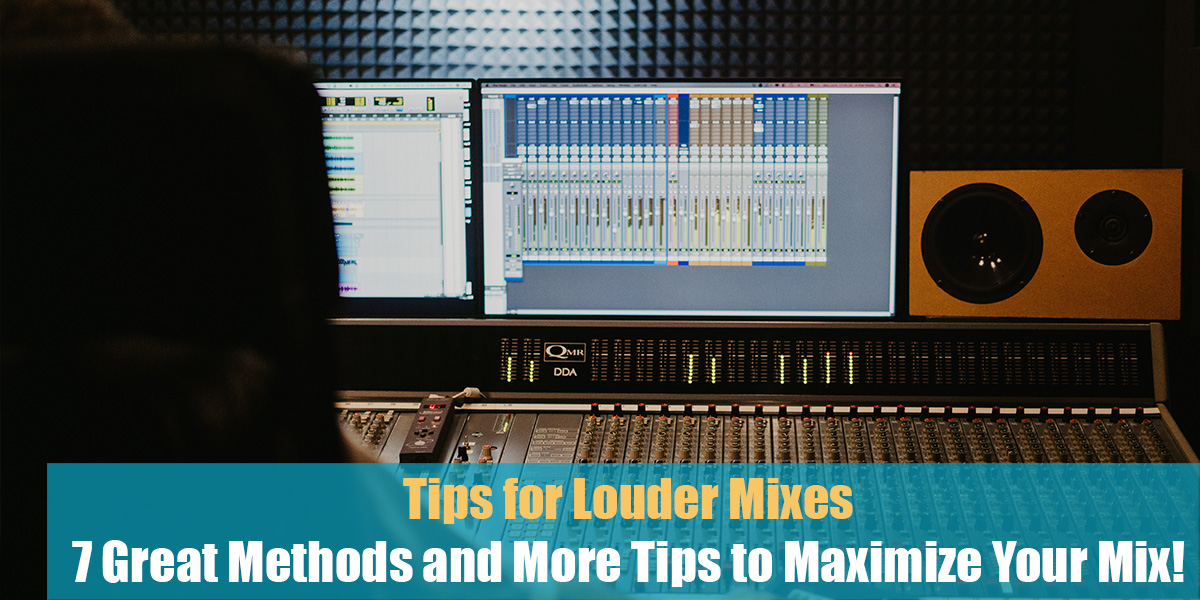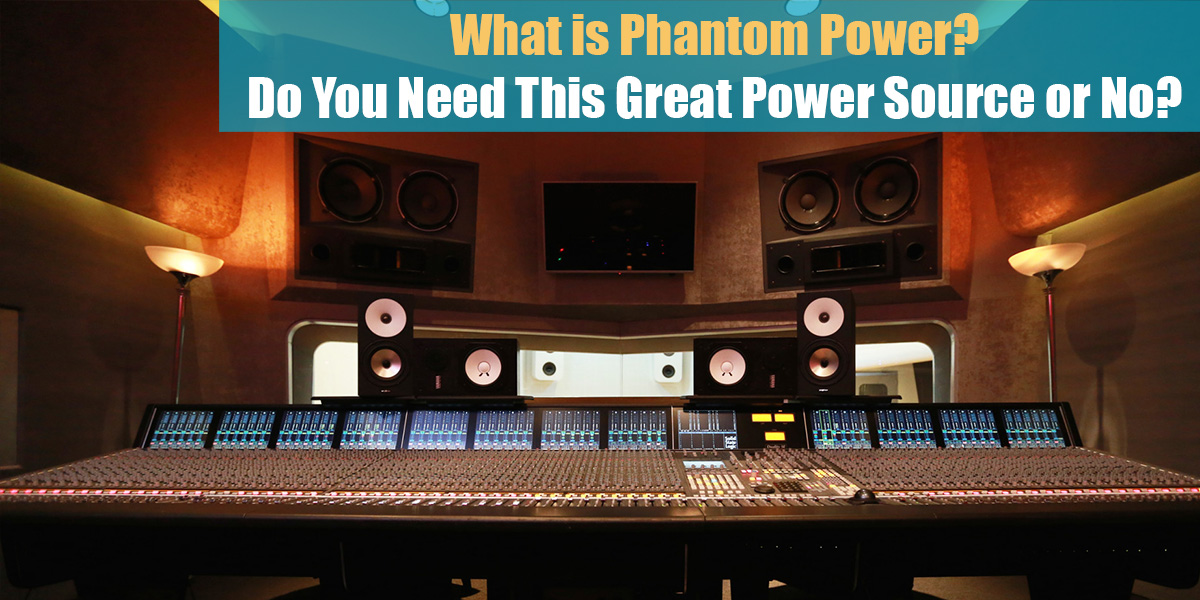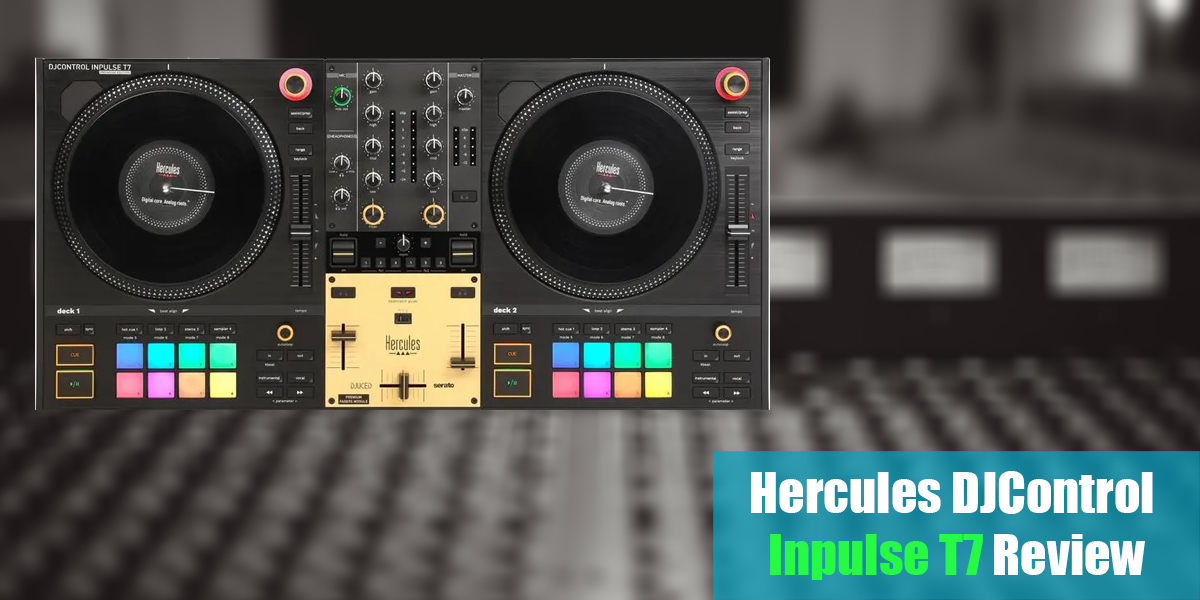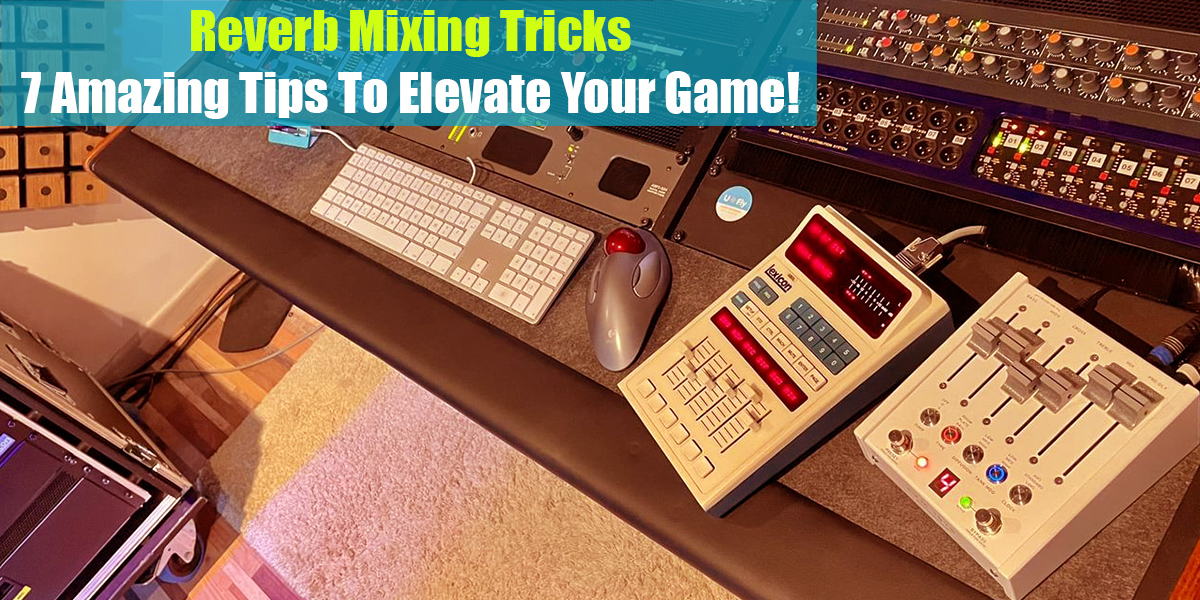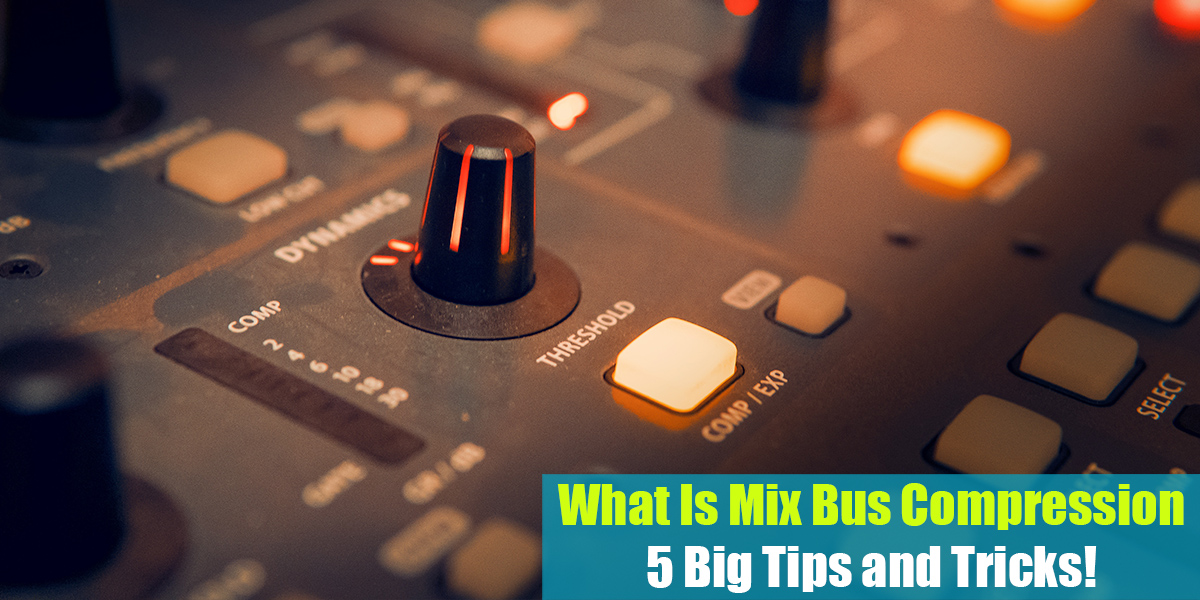What is SPL?
Introduction
Many people come across the abbreviation SPL (sound pressure level) in manuals for microphones, headphones, speakers, and other audio equipment—but don’t always know what this specification means. In today’s world of abbreviations, it’s easy to get confused.
In this article, we’ll explain exactly what SPL is and why it’s helpful to understand this measurement. Let’s get started!
So What is SPL?
SPL, or sound pressure level, is a way to measure how much pressure a sound wave creates. While the actual unit for this is Pascals (Pa), we usually see sound measured in decibels (dB), thanks to devices that automatically convert Pascals into the more familiar decibel scale.
But what exactly is sound pressure level? SPL measures the difference between the pressure caused by a sound wave and the normal pressure of whatever the sound is traveling through—usually air. We typically assume the baseline is zero atmospheres, even though that’s not perfectly accurate.
So why do we care about sound pressure levels and decibels? For starters, they give us the numbers we use to talk about how loud something is. This information lets us do some pretty useful things, like figuring out how to protect our hearing.
For example, scientists have done lots of testing to find out what levels of sound pressure are safe to experience for different amounts of time. This helps us know how to avoid hearing loss.
What is dB SPL and Decibels
Sound pressure level (SPL) is measured relative to the threshold of hearing, which means that 0 dB SPL is the very edge of what we can hear. Anything below 0 dB SPL is inaudible to humans. Places with extremely low dB SPL, like anechoic chambers, are designed to absorb all sound and eliminate echoes. These special rooms are used to test everything from headphones to fighter jets.
A decibel is a unit of measurement that uses a logarithmic scale. What does that mean? Basically, every increase of 10 dB means the sound intensity is multiplied by 10. For example, 20 dB is 10 times louder than 10 dB, and 70 dB is 1,000,000 times louder than 10 dB. Each time you add or subtract 10 dB, you add or remove a zero from the multiplier. Decibels are widely used in the scientific community, not just for measuring sound.
Keep in mind that SPL also depends on your distance from the source. For example, a jet engine at 3 feet away produces a much higher SPL than one at 300 feet.
How is SPL Measured?
A Sound Pressure Level (SPL) Meter is used to measure sound levels, and there are many types available, whether as standalone devices or smartphone apps. Sound enters the meter through a microphone, which then converts the sound into electrical signals. The meter processes these signals and displays the measurements in decibels.
SPL meters are typically handheld, portable, and lightweight, designed to meet international standards. There is a wide selection of high-quality SPL meters that comply with these requirements.
These meters quickly measure noise levels, helping users identify sources or situations where noise could be a problem—whether for workplace safety, environmental pollution, or loud sounds in our communities.
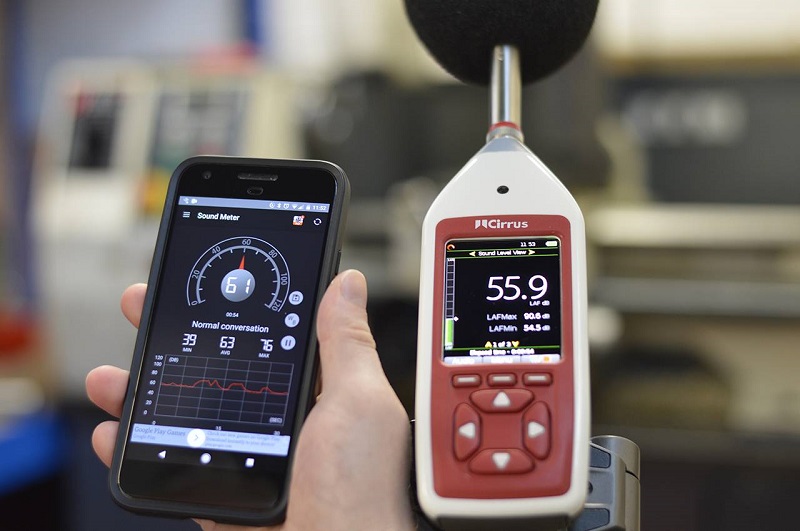
A-Weighted vs C-Weighted dB SPL
You might notice different ways of measuring SPL, and that usually means we’re using an A-weighted SPL reading. This has to do with how a sound pressure level meter “hears” different frequencies. Let’s break down the differences.
A Weighting – dBA SPL
A-weighting is the most common way to measure audio levels when it comes to noise. Just like our ears, A-weighting reduces the impact of very low and very high frequencies that most people can’t hear.
An A-weighted sound pressure level is labeled as dBA or dB(A) SPL.
C Weighting – dBC SPL
C-weighting is designed to more accurately reflect how the human ear hears at higher output levels (around 100 dB SPL), where our hearing tends to be flatter across the frequency range.
Most SPL meters have both A-weighted and C-weighted modes, as well as fast and slow response settings for measuring either average or instantaneous SPL levels. C-weighting is often used when measuring bass frequencies.
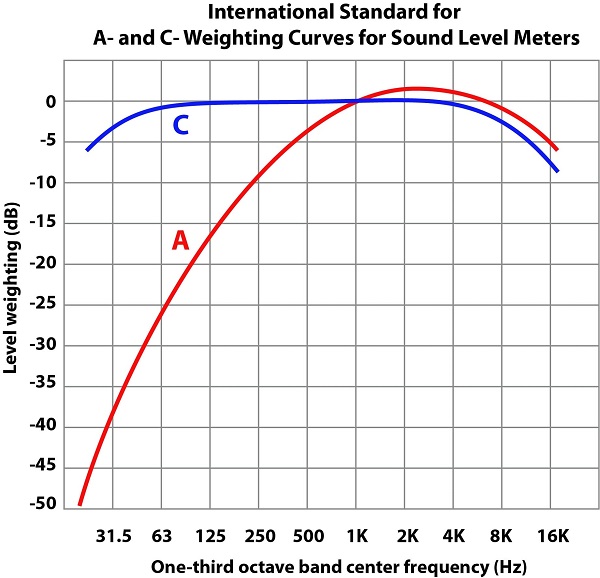
Audio Units and the Max SPL
A microphone is an electroacoustic device that converts sound pressure in the air into an electrical signal. Microphones are used for measuring sound pressure levels (SPL) and, as most people know, for recording and transmitting audio. Microphones work in different ways. For example, condenser microphones detect changes in capacitance, while ribbon microphones measure the speed of their internal parts.
A speaker is also an electroacoustic device, but it does the opposite: it converts electrical signals into sound. Essentially, a speaker is like a microphone working in reverse.
A common specification you’ll see on microphones, speakers, and other audio equipment data sheets is the maximum SPL. This is simply the highest sound pressure level, measured in dB, that the microphone or speaker can handle without producing too much distortion. Here, “too much” is defined as more than 0.5% Total Harmonic Distortion (THD).
Microphones with high maximum SPL ratings are great for recording percussion and other very loud sound sources. Speakers with high maximum SPLs are ideal for large venues where sound needs to reach long distances.
Conclusion
We hope this topic is now a bit clearer than before. It’s always helpful to understand everything explained in your unit’s manuals, and SPL is another important measurement to know. Being familiar with SPL will help you when setting up speakers in your room, using microphones for recording, and knowing how loud you can safely listen through your headphones.
If you have any other questions about SPL, please let us know in the comment section below. We’re more than happy to help!

